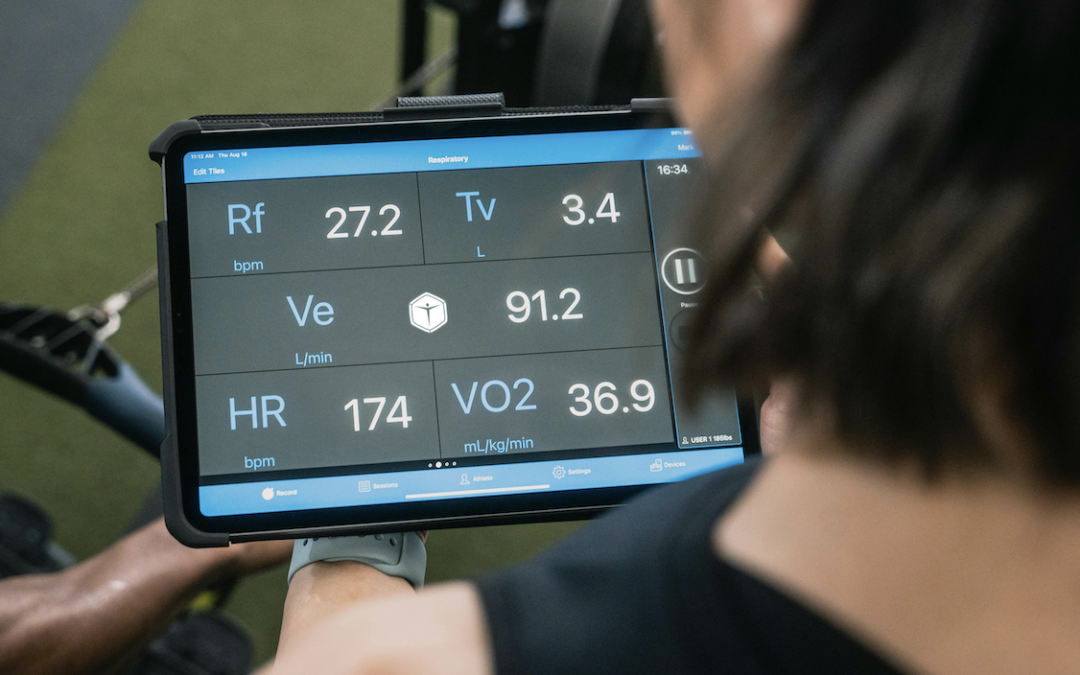
Plenty of health and wellness products we see these days promise to boost or rev up metabolism. Diets, such as the metabolic reset diet popularized by NFL player Steve Weatherford, guarantee fast results in as little as 30 days.
But does metabolism deserve these claims? Do we really understand the inner workings of metabolism? Keep reading to find out.
What is metabolism?
Contrary to how people equate metabolism with weight gain, metabolism is essentially the process by which the body turns what you eat into energy.
Metabolism is like a well-oiled machine. Like the immune system, it works 24/7 to provide the body with energy to breathe, circulate blood, grow cells, repair wounds, get rid of waste, and basically everything else the body needs to survive. In essence, metabolism allows life and normal functioning.
Now, when people talk about weight gain or weight loss, such as “I have a fast metabolism, that’s why I can eat more and not gain,” they’re really referring to their metabolic rate.
There are two kinds of metabolic rates.
A person’s basal metabolic rate (BMR) is the number of calories an individual needs to carry out basic physiological functions (breathing, digestion, blood circulation, etc.). On the other hand, resting metabolic rate (RMR), aka resting energy expenditure (REE), is the actual number of calories they burn at rest.
Someone exhibiting a “fast” metabolism typically experiences a higher REE compared to an individual with a “slow” metabolism.
If you believe you were unfortunately born with the latter, do not be disheartened just yet. Your metabolic rate may be influenced by many factors, including age, sex, and genetics (of which you have no control), but research shows there are many strategies that can help speed up your metabolic rate—and these are all natural ways.
Want to press the reset button on your metabolism? Here are nine strategies you can do.

Sure, you might have heard this tip many times from weight loss coaches or your gym instructor—eat less carbs and more protein to lose weight. Their tip has scientific backing and affects metabolism.
You see, protein-rich food has a higher thermic effect compared to carbohydrates and fats, meaning it requires more energy to digest, absorb, and metabolize. If you want to increase your metabolic rate, make lean meats, eggs, fish and nuts part of your everyday healthy diet. (Source: verywellhealth)
Drink More Water
Yes, you can help reset your metabolism by simply drinking enough water daily.
According to this study by The Journal of Endocrinology and Metabolism (2003), drinking 500 ml of water can increase the metabolic rate by 30%. However, the effects last only for an hour due to water-induced thermogenesis, a sympathetic nervous system response that ramps up your metabolic rate. To conclude, if you drink water consistently throughout the day, this will help your body burn more calories.

Much like food, water, and oxygen, sleep is essential for us to live. Without enough (8-9 hours for adults) and quality sleep, everything in our bodies goes haywire, including metabolism.
Take this 2016 study, which studied two groups of subjects: one group was sleep-deprived, and the other had 12 hours of sleep. Can you guess what the researchers found out? Those who slept for only four hours had slower metabolic rates.
Besides its impact on metabolism, sleep deprivation affects many aspects of our health, such as increasing the risk of weight gain, obesity, and diabetes, which do have an effect on metabolism.
It might be hard to catch sleep these days, especially when the new season of your favorite series is out, but at the end of the day, your metabolism will thank you for it.
Eat a balanced and nutrient-dense meal
One thing your gym coach or nutritionist will advise you if you’re trying to lose weight is never to do crash diets or restricted diets. Those will help you lose weight in the short term but will wreak havoc to your metabolism, leading to imbalances in hormone levels, decreased energy expenditure, and so forth.
Instead, focus on consuming a balanced diet filled with essential nutrients. Vitamins, minerals, and carbohydrates. Focus on fruits, vegetables, legumes, nuts, and healthy fats.
When in doubt, check out what the Japanese elderly in Okinawa eat, or the Mediterranean diet.

HIIT is perfect for the busy lives we lead. These days, who has time for long-winded workouts? HIIT rules the roost with its promise of getting work done in a short amount of time.
The most common and recommended interval is 20 seconds of work, and 40 seconds of rest–time used to catch your breath and gear up for the next round of intense movement.
If you want to reset your metabolism, make HIIT your new bestfriend, as studies show HIIT has an impressive ability of increasing one’s metabolic rate for hours after exercise. In another study, the researchers found just 2 minutes of HIIT in the form of sprints was more effective in increasing metabolism than 30 minutes of steady-state running.
If HIIT is not right up your alley, no worries. What’s essential is that you get and keep moving. Go ahead and choose a workout that suits you best and be consistent.
(READ: 7 Ways to Get Healthier Without Trying Too Hard)
Drink green or oolong tea
If you’re a tea enthusiast, here’s some fantastic news for you: indulging in your favorite brew is not only enjoyable but also beneficial for your metabolism. Green and oolong tea contain two compounds – caffeine and catechins– that can increase metabolic function.
A 2011 meta-analysis published in Obesity Reviews found that consuming about 250 milligrams of epigallocatechin gallate (the amount in about three cups of green tea) helped boost metabolism enough to burn an average of 100 extra calories a day. (Harvard)
In another study, they found that people who drink tea can burn an extra 70-100 calories per day. So go ahead, and say tea cheers!
(Want to know more about the different kinds of tea and their health benefits? Read it here.)

We all know how spices can elevate a dish from bland to splendid. But did you also know it can naturally speed up your metabolism?
Hot peppers contain a chemical called capsaicin, which causes the mitochondria to produce more heat, speeding up the metabolic rate.
So the next time you see hot sauce on the condiments table, go ahead and slather it generously onto your dish, because it looks like our metabolic rates like it hot.
Lift weights or do resistance training
If you can spare more time, incorporate resistance training in your workouts. Even 30 to 60 minutes will work wonders. The reason? Gaining muscles or increasing muscle mass increasing your resting metabolic rate (RMR) by a tenfold, 24/7.
Do Time-Restricted Fasting
Studies have shown that fasting can help reset the metabolism the natural way, and it’s health points for the immune system too. Through fasting, we prompt our bodies to experience a caloric drought, and triggers the body to eat damaged cells and convert into new and healthy ones. It resets your cells, as well as your metabolic rate, instigatinhg a breakdown of fatty acids in the body and encouraging weight loss.
–
Resetting your metabolism the natural way doesn’t have to be complicated. The solutions are simple and can easily be incorporated into your lifestyle, even if you’re busy. By eating well, staying hydrated,staying active, getting quality sleep, doing fasting, you can support your body’s natural metabolic processes and feel energized, balanced, and vibrant.
https://www.byrdie.com/is-spicy-food-bad-for-you-4843736https://www.self.com/story/foods-that-naturally-speed-uphttps://www.forbes.com/health/weight-loss/how-to-increase-metabolism/https://www.whowhatwear.com/how-to-reset-your-metabolismhttps://www.verywellhealth.com/how-to-boost-metabolism-7501652https://www.medicalnewstoday.com/articles/323328#resistance-training



0 Comments